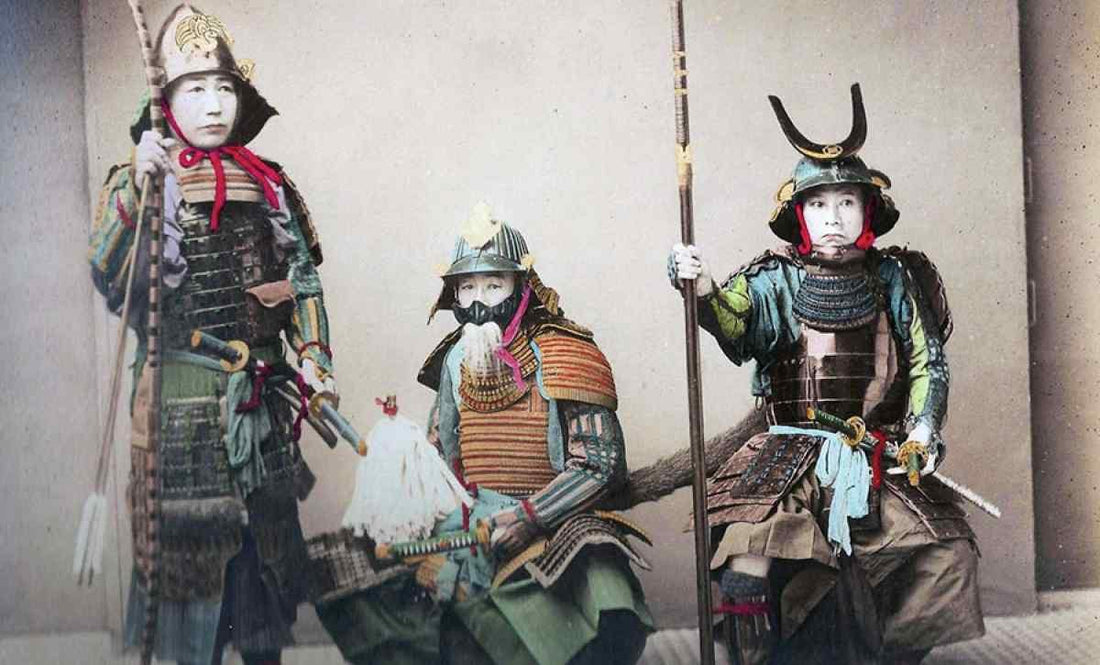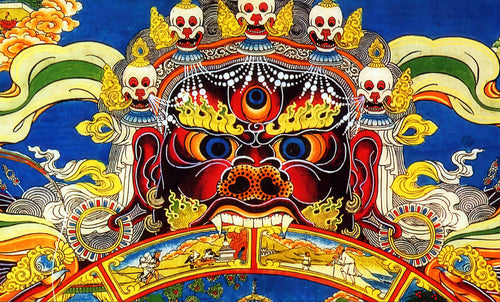
The Zen of the Samurai
Leonardo AnfolsiThe one in the picture is Takuan Soho . In addition to being a Zen Master , he was also the sword teacher of the famous samurai Musashi , to whom he taught how to fight by coordinating the movement of two swords. Both in Zen and in the sword he used the term " Taia " which means a state of supreme attention directed in many directions, but also absent and yet active.

The lightning-fast power to realize the priority of the moment was fundamental for those who fought in battle and who, in some cases, managed to coordinate even with an impending danger, even when it was unknown, to the point of ducking when the arrow that came from behind passed by.
As soon as Zen teaching arrived in Japan from China, the monasteries filled with samurai who, generally quarrelsome and illiterate, wanted to know the power of those Zen masters, famous not only for their wisdom, but also for the strength they were capable of unleashing in superhuman screams, even capable of stunning or killing a warrior.
The koan-riddles used by Zen Masters to unleash the intuition of practitioners had to be translated into simple language that did not speak of philosophy but of swords, stirrups, girdles, arrows, etc. And Takuan Soho even invented a way of fermenting radish, so as to make it medicinal for the monks and samurai forced to be vegetarians in monasteries, eating mostly rice, and therefore often falling ill with beri beri.
But when one aimed directly at the mystery of being, then the words became sublime and cutting, and had the same force as the courage required in battle.
Here's Takuan speaking:
“Do you want to get This (Taia)?
While walking, while stopping, while sitting or lying down, while conversing or remaining silent, while drinking tea or eating, you must never neglect to exercise, your eye must always turn immediately to the goal and you must continually search thoroughly, both when going and when coming.
Only in this way should you look straight into things.
Months and years will pass and it will seem like a light suddenly appears in the darkness.
You will receive wisdom without any Master having revealed it to you and you will find that you possess mysterious abilities to do things never attempted before.
This last detail does not deviate from the ordinary, yet transcends it.
Giving him a name, I call this Taia ”.
The goal that Takuan Soho talks about is not to be reached one day but to be discovered now, being the mystery of that "someone" who is reading these lines, who is meditating in a temple or who is fighting in battle.
“Going” is when the meditator gets up to go into the world and expresses himself, “coming” is when he returns to meditate recomposing the most ancient bond that is us, that Whole that is prior to the individual particulars, to the individual moments, to the individual existences, that even precedes the two duelists; that living being that is even before being born and that is in death.
Ordinary, and yet…
















































